Database Reference
In-Depth Information
corruption checking is performed by using the RMAN
BACKUP
,
RESTORE
,
RECOVER
, or
VALIDATE
command with the
CHECK LOGICAL
clause. Logical block corruption is not repairable by BMR.
identify Data File Corruption using the DBv Utility Program
To aid the DBA in diagnosis of data file corruption, Oracle provides the
dbv
“DB Verify”
OS utility program. The
dbv
program takes, for example, a database filename as a com-
mand-line parameter, performs an analysis of the structure and contents of the file, and
determines if there is any block corruption. At the command line, execute
dbv
to see the
following help screen:
C:\>DBV
DBVERIFY: Release 12.1.0.1.0 - Production on Mon Oct 14 20:07:43 2013
Copyright (c) 1982, 2013, Oracle and/or its affiliates. All rights reserved.
Keyword Description (Default)
----------------------------------------------------
FILE File to Verify (NONE)
START Start Block (First Block of File)
END End Block (Last Block of File)
BLOCKSIZE Logical Block Size (8192)
LOGFILE Output Log (NONE)
FEEDBACK Display Progress (0)
PARFILE Parameter File (NONE)
USERID Username/Password (NONE)
SEGMENT_ID Segment ID (tsn.relfile.block) (NONE)
HIGH_SCN Highest Block SCN To Verify (NONE)
(scn_wrap.scn_base OR scn)
C:\>
Performing Block Media Recovery
Oracle 12
c
can restore prior uncorrupted versions of the corrupt block from the flashback
logs, improving recovery performance over restore from tape or disk backups. In previous
versions of the database, block media recovery required restoring the uncorrupted blocks
from a backup and then applying any necessary archive logs. A gap in archive logs meant
the end of the recovery process. In Oracle 12
c
, if BMR encounters a gap in archive logs,












Search WWH ::

Custom Search